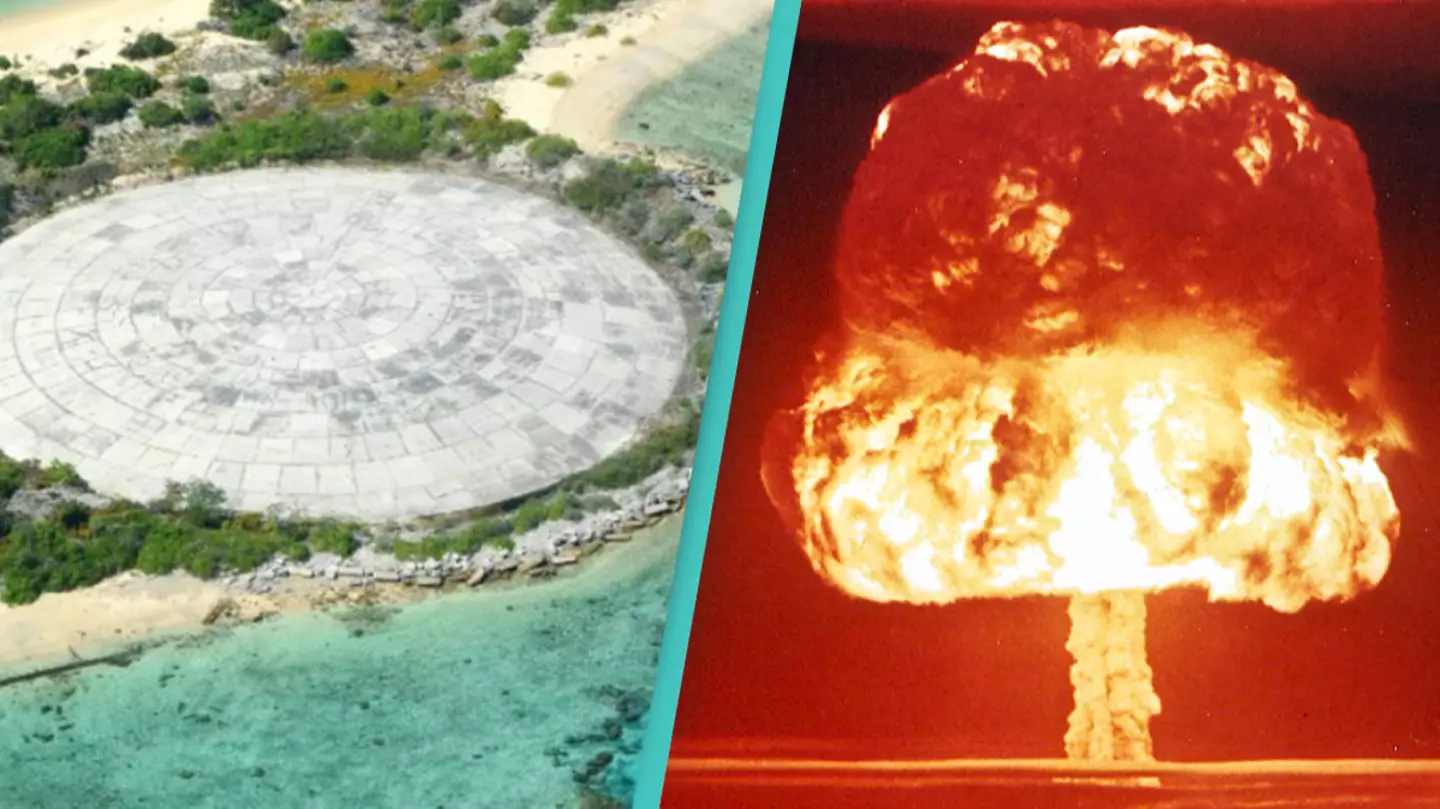
Featured Image Credit: Asahi Shimbun/Roger Viollet/Getty Images
Topics: US News, World News, Climate Change

Topics: US News, World News, Climate Change
Joe graduated from the University of Salford with a degree in Journalism and worked for Reach before joining the LADbible Group. When not writing he enjoys the nerdier things in life like painting wargaming miniatures and chatting with other nerds on the internet. He's also spent a few years coaching fencing. Contact him via [email protected]
@MrJoeHarker